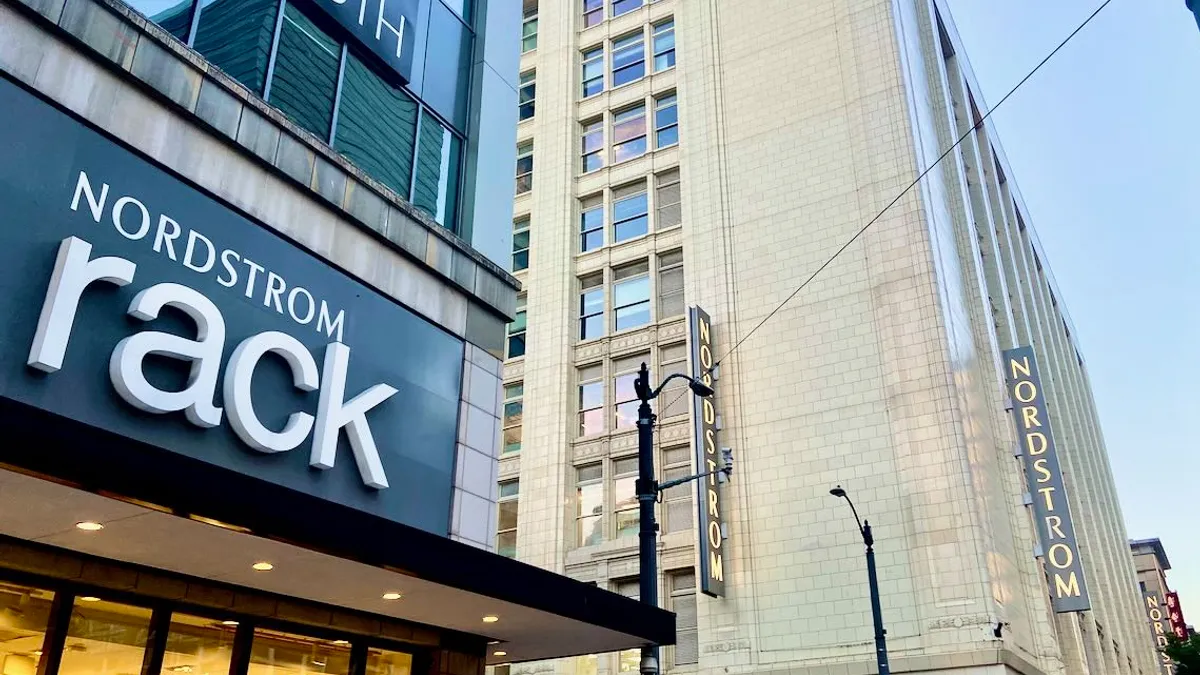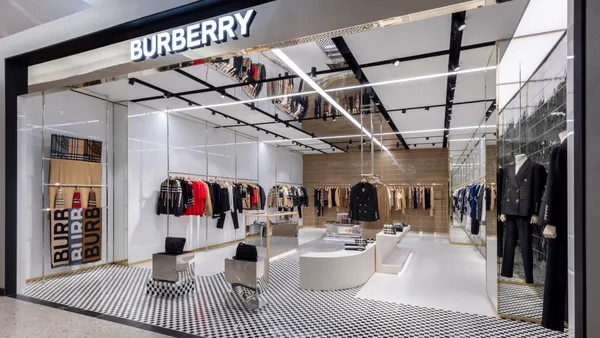Dive Brief:
- Nordstrom credited customer experience improvements, including improved e-commerce search and more efficient supply chain operations, as major contributors to its 3.4% Q2 net sales growth, executives said on an earnings call Tuesday.
- More efficient operations enable faster returns and ensure popular items are available when customers need them, according to executives. The effort includes using RFID tags on items at more stores to improve accuracy and speed of service.
- “Our efforts to improve the customer experience are taking hold, as evidenced by the strength of our top line,” Cathy Smith, CFO of Nordstrom, said during the earnings call. “In the second quarter, we grew our customer count, recorded an increase in customer trips and expanded margins.”
Dive Insight:
A faster supply chain helps ensure customers can always find what they want while reducing costs for the retailer, according to Erik Nordstrom, CEO of Nordstrom. The right inventory serves as a foundation for good experiences.
RFID tags, electronic devices to track individual items, are an important part of this strategy. The technology helps track how quickly popular items are being sold, leading to better in-stock rates. RFID can also help associates quickly locate whatever product a customer wants, speeding up in-store experiences.
The RFID rollout improves warehouse operations as well, leading to faster e-commerce order delivery times in previous quarters.
Nordstrom began to overhaul its data and analytics capabilities in the second quarter, according to Smith. The retailer expects the effort to enhance its ability to use generative AI once the transformation is complete at the end of the year.
As it benefits from supply chain efficiencies, Nordstrom’s board of directors this week announced the receipt of a $3.8 billion offer to buy the company from CEO Erik Nordstrom, President Peter Nordstrom and Mexican retail company El Puerto de Liverpool.
















